Home>Health & Lifestyle>Air Quality & Filtration>When Was Air Freshener Invented


Air Quality & Filtration
When Was Air Freshener Invented
Modified: March 24, 2024
Learn about the invention of air fresheners and their impact on air quality and filtration. Explore the history and benefits of these essential products.
(Many of the links in this article redirect to a specific reviewed product. Your purchase of these products through affiliate links helps to generate commission for Storables.com, at no extra cost. Learn more)
Introduction
Welcome to the world of air fresheners, where pleasant scents and fresh air combine to create a more enjoyable environment. Whether you want to eliminate stubborn odors, create a relaxing ambiance, or simply freshen up your space, air fresheners have become an essential part of modern life. But have you ever wondered about the origins of these fragrant inventions?
In this article, we will take a fascinating journey back in time to explore the early beginnings of scented air and the invention of the first air fresheners. We’ll delve into the industrial development and commercialization of these products, as well as the modern innovations that have revolutionized the air freshener industry.
So sit back, relax, and let’s embark on a scented adventure to discover the fascinating history of air fresheners.
Key Takeaways:
- The history of air fresheners dates back to ancient civilizations, evolving from incense and scented sachets to modern innovations like smart air fresheners and eco-friendly options, catering to diverse consumer preferences and needs.
- The industrial development and commercialization of air fresheners have transformed them into a thriving industry, offering a wide array of choices, from long-lasting formulations to air purifying filters, meeting the demand for pleasant scents and improved air quality in living spaces.
Read more: When Was The Toilet Invented
The Early Origins of Scented Air
The concept of scented air is not a recent development. In fact, the use of fragrances to enhance the atmosphere dates back thousands of years. Ancient civilizations, such as the Egyptians, Greeks, and Romans, had already discovered the power of pleasant aromas.
In ancient Egypt, for instance, aromatic substances like myrrh and cinnamon were burnt as incense to create a fragrant ambiance and ward off unpleasant odors. They believed that these scents had spiritual and healing properties, as well as the ability to please the gods.
Similarly, the Greeks and Romans also used perfumes and scented oils for various purposes, including rituals, personal grooming, and even air purification. They understood that pleasant aromas could uplift the mood, mask unpleasant smells, and create a more pleasant environment.
During the Middle Ages, when cities were often plagued by foul odors due to poor sanitation, people turned to natural substances like herbs, flowers, and spices to combat the stench. Bouquets of fragrant plants were often carried or placed in homes to improve the air quality and mask unpleasant smells.
It wasn’t until the Renaissance period that perfumers started experimenting with essential oils, distillation techniques, and the creation of scented products. This led to the development of more sophisticated fragrances and air fresheners.
However, these early air fresheners were limited to the realms of the wealthy and elite. The labor-intensive processes and expensive ingredients made them inaccessible to the common people.
But the stage was set for the eventual mass production and widespread use of air fresheners as the world entered the era of industrialization.
The First Air Fresheners
As industrialization took hold in the late 19th and early 20th centuries, the demand for convenient and effective air fresheners grew. People sought practical solutions to combat the odors and stuffy atmospheres that came with urbanization and the increasing use of closed indoor spaces.
One of the earliest forms of air fresheners was the use of scented sachets. These small cloth bags filled with dried flowers, herbs, or aromatic materials were placed in rooms, cupboards, and even tucked into clothing to impart a pleasant fragrance. They were simple yet effective in combating unpleasant odors.
In the late 1930s, a breakthrough occurred with the invention of the aerosol spray can. This innovation revolutionized the way air fresheners were used and delivered. With aerosol technology, it became easier to disperse fragrances into the air in a fine mist, providing a more even and long-lasting scent.
Shortly after, in 1948, the first commercial aerosol air freshener, called “Lysol Brand Disinfectant Spray,” was introduced by Julius S. Kahn, a chemical engineer. This product not only freshened the air but also claimed to kill germs and bacteria, making it a multi-purpose household item.
Another significant advancement in air freshener technology came in the form of the plug-in air freshener. Invented in the 1950s by Paul Sagal, this device utilized a scented oil cartridge that could be inserted into an outlet. As the oil heated up, it released pleasant fragrances into the surrounding air, providing a continuous and effortless freshening experience.
During the 1960s and 1970s, the market for air fresheners continued to expand, with various companies entering the industry. New forms of air fresheners, such as solid gels and scented candles, emerged as alternatives to traditional sprays and plug-ins.
The development of automatic air fresheners also marked a significant milestone. These devices were equipped with sensors or timers, releasing bursts of fragrance at regular intervals to maintain a consistently pleasant smell in the room.
With each passing decade, air fresheners became more diverse in terms of types, scents, and delivery methods, catering to the varying preferences and needs of consumers. Today, you can find everything from spray air fresheners and gel beads to reed diffusers and electric diffusers.
The evolution of air fresheners continues, with advancements in technology and a greater focus on eco-friendly and natural options. Now, let’s explore how air fresheners transitioned from simple inventions to a thriving industry.
The first modern air freshener was introduced in 1948 by Bob Surloff, who created the “Royal Pine” scent for the California-based company, Julius Sämann Ltd.
Industrial Development and Commercialization
With the increasing industrialization and consumer demand for air fresheners, the production and commercialization of these products surged during the 20th century.
In the early days, air fresheners were predominantly produced by small fragrance companies that catered to a local market. However, as the demand grew, larger companies emerged, investing in research and development to create more innovative and effective formulations.
One of the key players in the commercialization of air fresheners was Procter & Gamble. In the 1970s, they introduced the world to Febreze, a fabric refresher spray that effectively eliminated odors from upholstery and fabrics. Febreze was a game-changer and resonated with consumers, leading to its widespread adoption and further expansion into various scent offerings.
The success of Febreze prompted other major consumer goods companies to enter the air freshener market. Brands such as Glade, Air Wick, and Renuzit introduced their own range of products, including sprays, plug-ins, and candles, adding competition and driving innovation in the industry.
As the market evolved, so did the focus on scent selections. Previously, air fresheners predominantly offered floral or citrus scents. However, companies began expanding their fragrance options, offering a wide array of choices, including exotic blends, seasonal scents, and even customized fragrances.
The shift towards eco-friendly and natural air fresheners gained momentum as societal awareness of environmental concerns grew. Consumers became more conscious of the potential harmful effects of chemical-based air fresheners, leading to a demand for greener alternatives.
This demand resulted in the development of natural air fresheners made from ingredients like essential oils, plant extracts, and other biodegradable materials. Brands like Mrs. Meyer’s, Caldrea, and Seventh Generation emerged, offering eco-friendly options that appealed to environmentally conscious consumers.
Furthermore, technological advancements have played a significant role in the industrial development of air fresheners. Companies have introduced innovative features such as adjustable intensity levels, motion sensors, and programmable timers to enhance the user experience and prolong scent longevity.
Today, the air freshener industry is a thriving market, offering a wide range of choices to suit every preference and need. From traditional aerosol sprays to electric diffusers and natural alternatives, there is an air freshener for every space and occasion.
As the demand for air fresheners continues to grow, the industry will undoubtedly continue to innovate and evolve, focusing on sustainability, advanced scent technologies, and consumer preferences. The commercialization of air fresheners has transformed them from simple inventions to a booming industry that enhances the air quality, ambiance, and overall well-being of our living spaces.
Modern Innovations in Air Fresheners
In the ever-evolving world of air fresheners, technological advancements and consumer demands continue to drive innovation. Here are some of the modern innovations that have revolutionized the industry:
Smart Air Fresheners: With the rise of smart home technology, air fresheners have also joined the connected device trend. Smart air fresheners can be controlled remotely via smartphone apps or voice assistants, allowing users to schedule scent release, adjust intensity levels, and even monitor air quality in real-time.
Long-Lasting Formulations: Manufacturers are constantly developing new formulations to ensure longer-lasting scent efficacy. Microencapsulation technology, for example, encapsulates fragrance molecules in tiny particles, releasing them gradually over time for a prolonged and consistent scent experience.
Air Purifying Filters: Some air fresheners now incorporate air purifying filters that not only emit pleasant scents but also remove allergens, pollutants, and odors from the air. These advanced filters can help improve indoor air quality and create a healthier environment.
Aromatherapy Diffusers: Aromatherapy has gained popularity in recent years, and air fresheners have caught on to this trend. Aromatherapy diffusers combine the benefits of essential oils with air freshening technology, providing both a pleasant scent and the therapeutic benefits of aromatherapy.
Customized Scents: To cater to individual preferences, some companies now offer the option to create personalized scents. Whether it’s a unique blend or a signature fragrance, consumers can create air fresheners tailored to their taste, adding a personal touch to their living spaces.
Eco-Friendly Options: As sustainability becomes a major concern, eco-friendly air fresheners have gained popularity. These options utilize natural and biodegradable ingredients, minimize packaging waste, and employ eco-conscious manufacturing processes, reducing the environmental impact of air fresheners.
Air Fresheners with Health Benefits: In addition to improving ambiance, some air fresheners are designed to offer specific health benefits. For example, air fresheners infused with essential oils like lavender or eucalyptus claim to promote relaxation and sleep, while others may incorporate ingredients known for their antibacterial or antiviral properties.
Air Fresheners for Different Environments: Alongside the traditional home and car air fresheners, specialized air fresheners have been developed for specific environments. From office spaces to gym lockers, there are air fresheners designed to target the unique odors and challenges of various settings.
These are just a few examples of the modern innovations that have transformed the air freshener industry. As technology advances, consumer preferences evolve, and sustainability becomes even more crucial, we can expect to see ongoing innovations in the realm of air fresheners, ensuring that our living spaces remain fresh, inviting, and enjoyable.
Read more: When Was The Bathtub Invented
Conclusion
Air fresheners have come a long way from their ancient origins of burning incense and using scented sachets. The invention of aerosol sprays, plug-in devices, and a wide range of other innovations have transformed air fresheners into a booming industry that enhances our living spaces with pleasant scents and improved air quality.
Throughout history, people have recognized the importance of creating a pleasant environment by harnessing the power of fragrances. From ancient civilizations to the modern world, the desire to eliminate odors, uplift moods, and improve the ambiance remains constant.
The industrial development and commercialization of air fresheners have played a pivotal role in meeting this demand. Major brands, technological advancements, and a focus on eco-friendly options have driven the industry forward, ensuring that there is an air freshener for every preference, need, and concern.
Modern innovations have further pushed the boundaries of what air fresheners can offer. From smart air fresheners that can be controlled remotely to air purifying filters and customizable scents, the industry continues to evolve to meet the ever-changing needs and desires of consumers.
As our understanding of the importance of a healthy and pleasant living environment grows, so does the demand for innovative and eco-friendly air fresheners. The future holds great potential for advancements in scent technology, sustainable practices, and personalized experiences.
Whether you want to create a relaxing atmosphere in your home, eliminate unpleasant odors in your car, or improve the air quality in your workspace, air fresheners are there to enhance your environment and make it more enjoyable.
So next time you breathe in a delightful aroma, take a moment to appreciate the fascinating history and the intricate blend of science, creativity, and innovation that goes into the humble air freshener.
Frequently Asked Questions about When Was Air Freshener Invented
Was this page helpful?
At Storables.com, we guarantee accurate and reliable information. Our content, validated by Expert Board Contributors, is crafted following stringent Editorial Policies. We're committed to providing you with well-researched, expert-backed insights for all your informational needs.
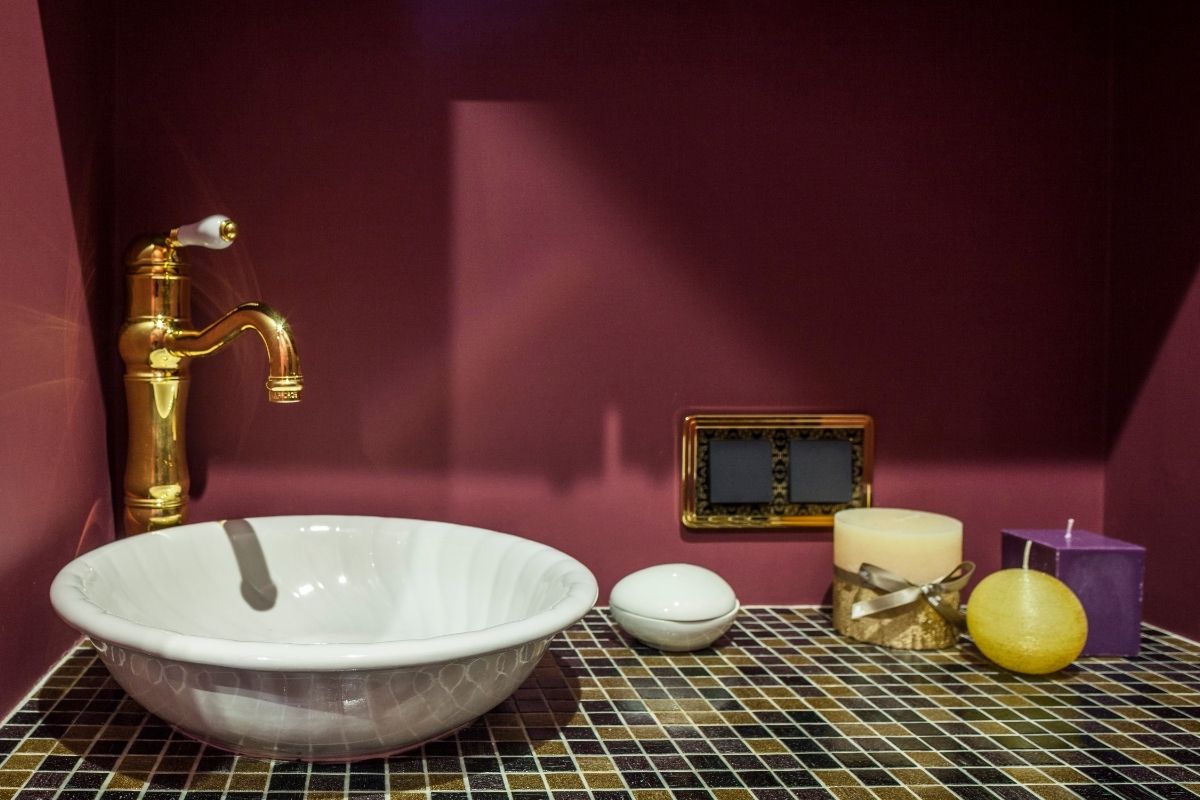
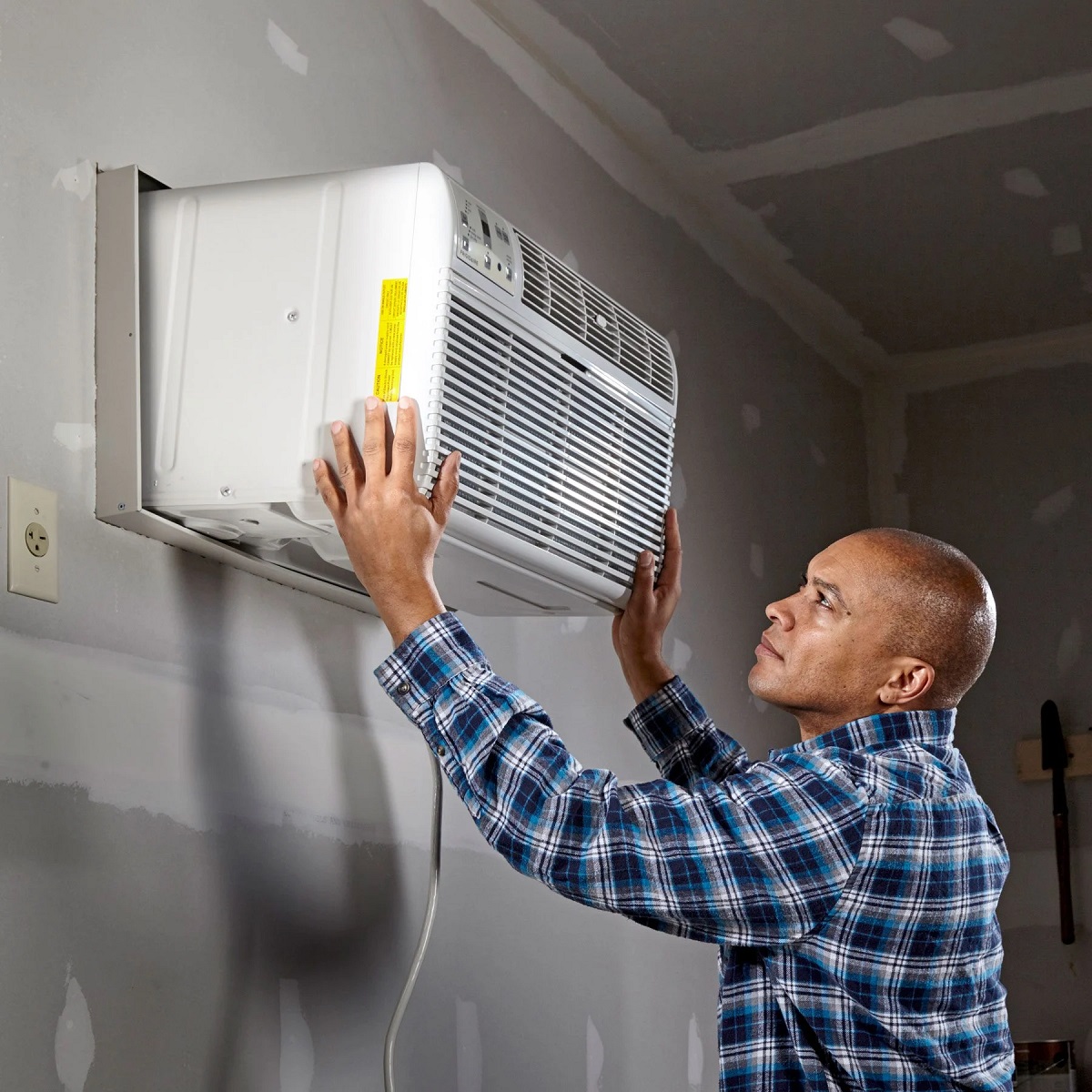



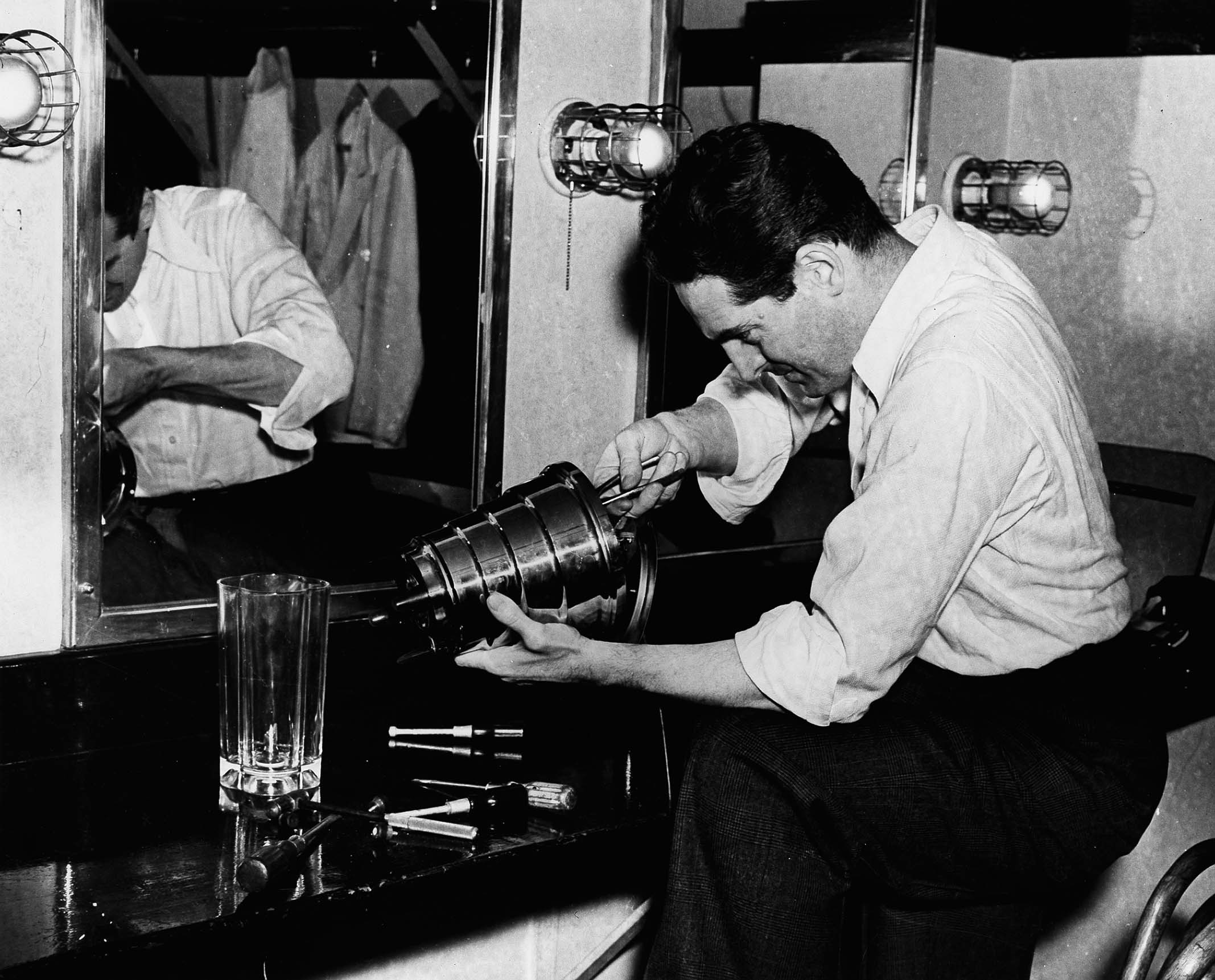

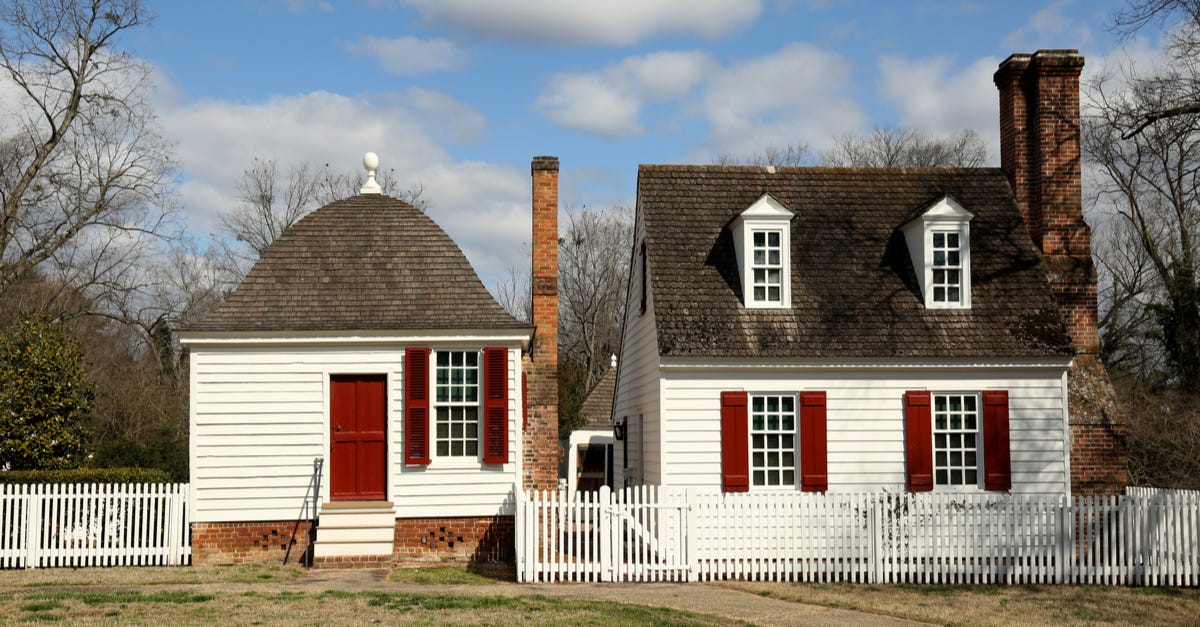

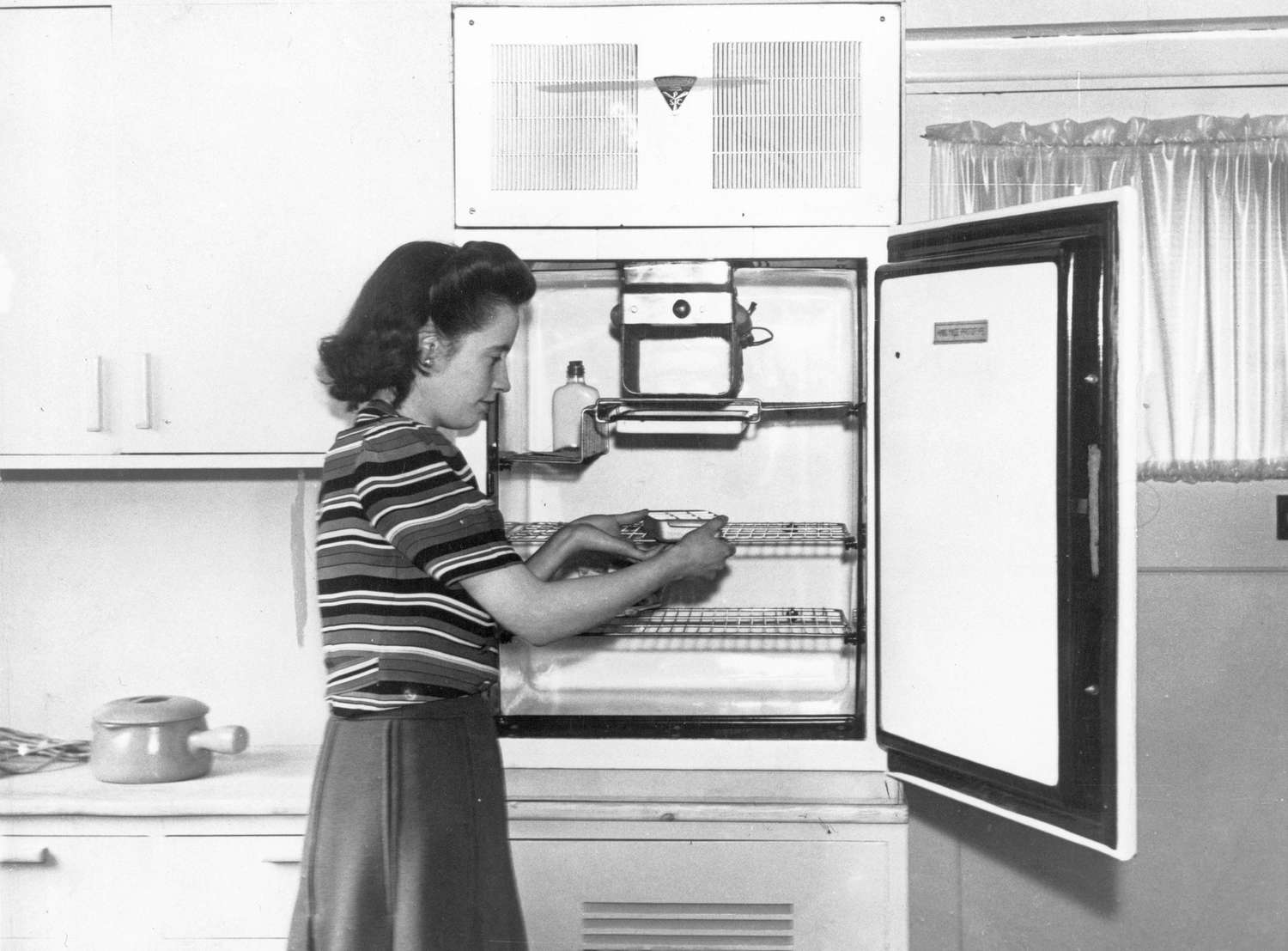
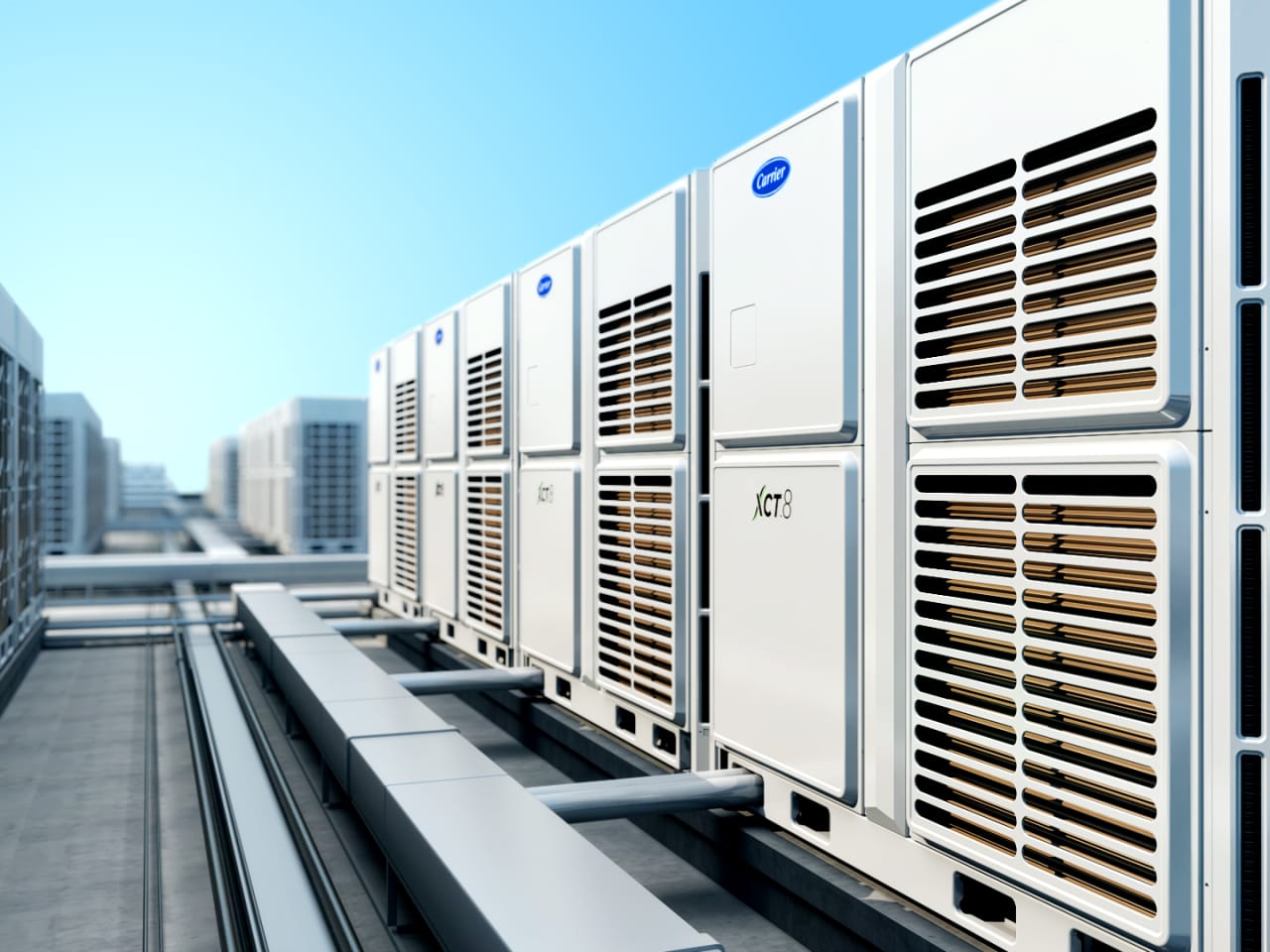
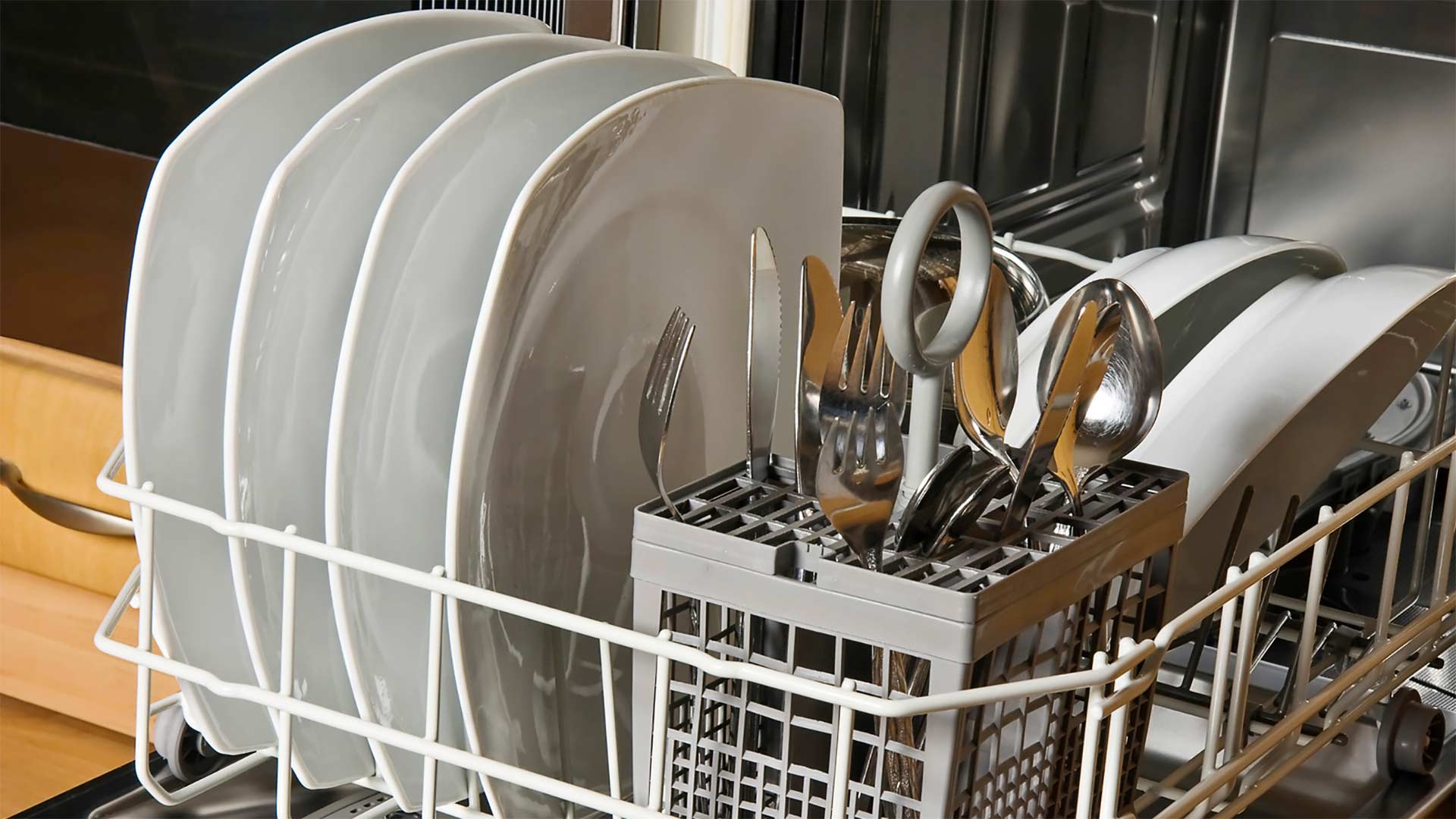
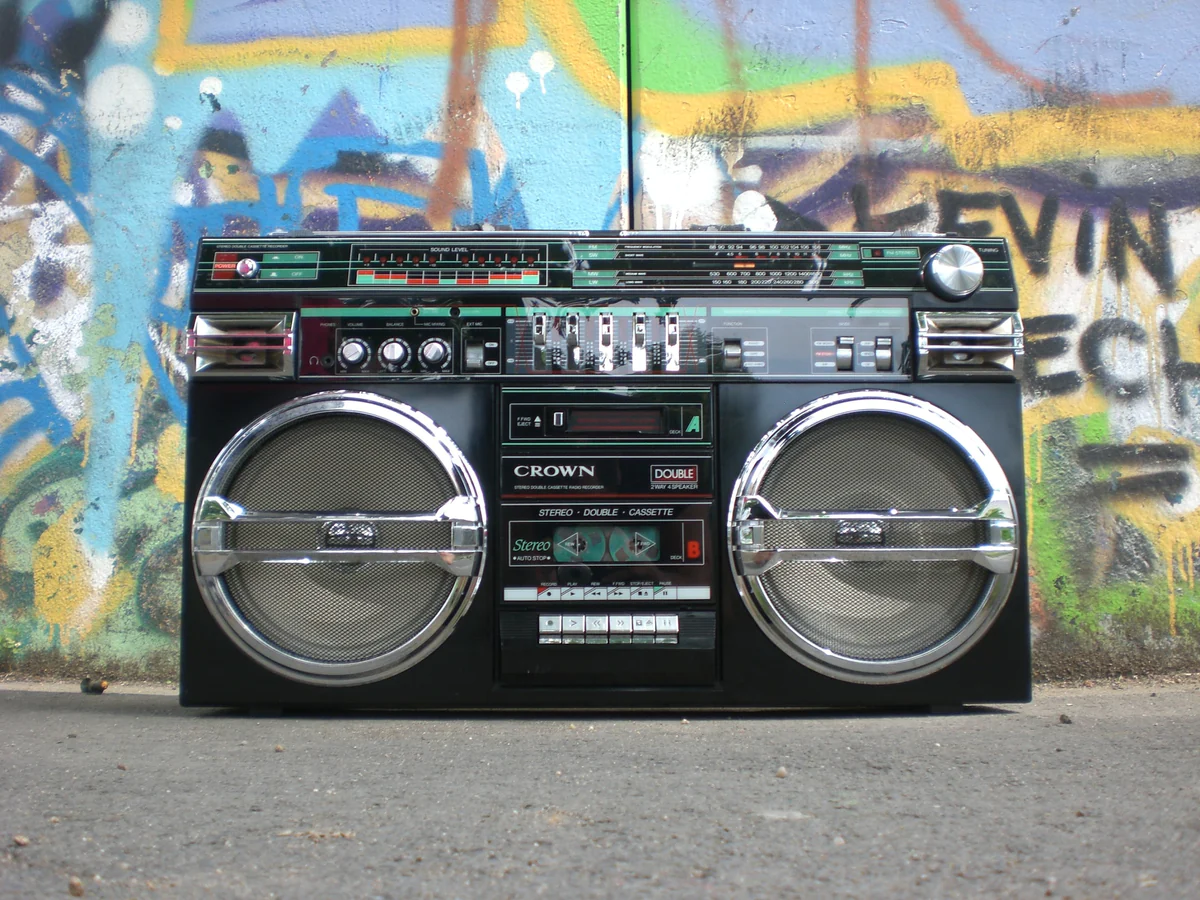
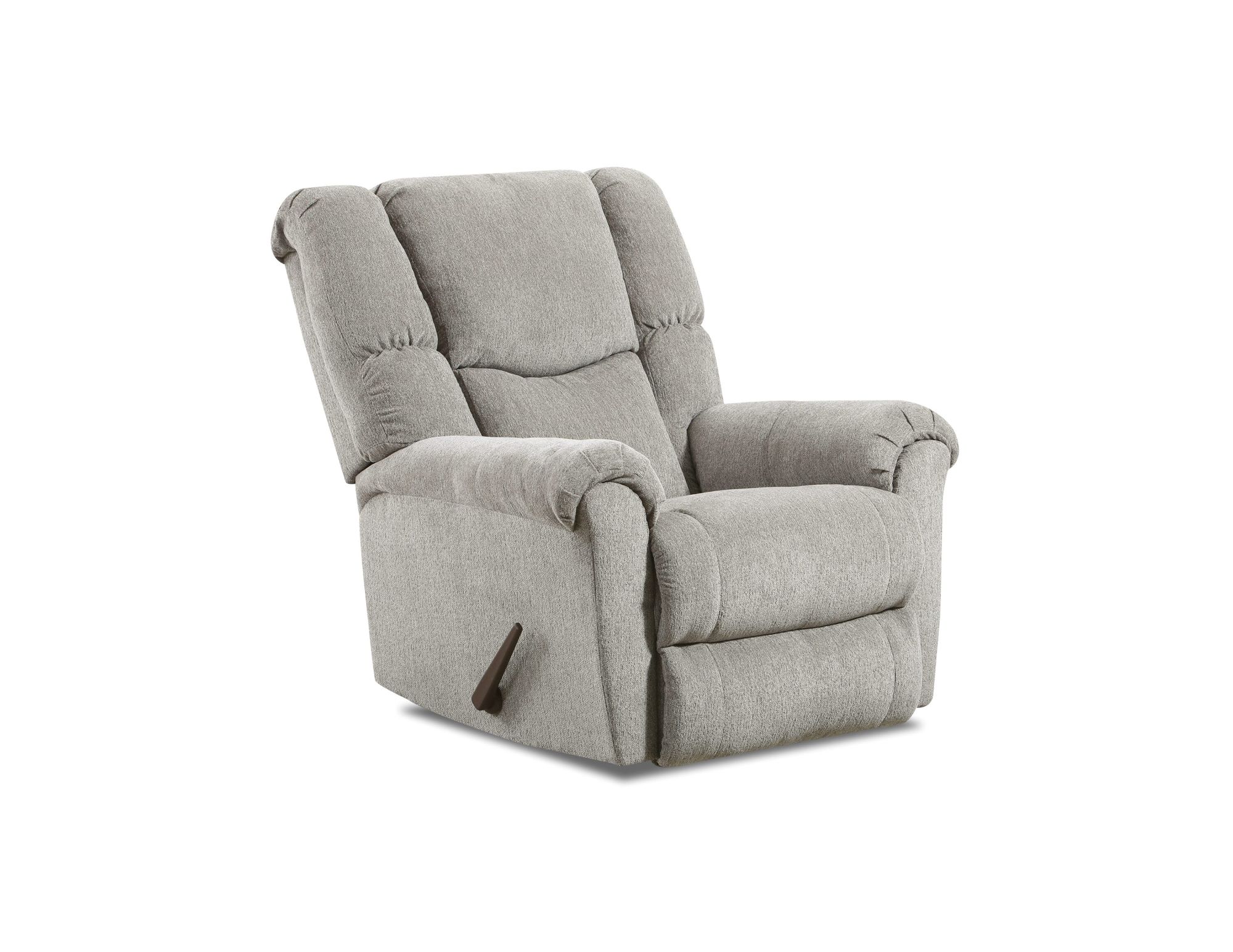

0 thoughts on “When Was Air Freshener Invented”